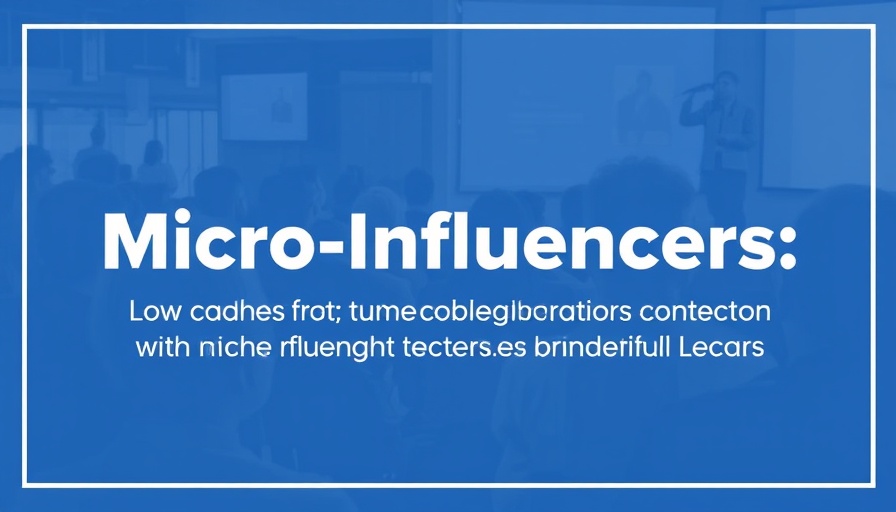
The Rise of Micro-Influencers in Digital Marketing
Micro-influencers have emerged as a formidable force in the digital marketing landscape, transforming how brands connect with their audiences. Unlike macro-influencers, who boast millions of followers, micro-influencers have a smaller but more dedicated fan base, often ranging from 1,000 to 100,000 followers. This smaller pool allows for deeper engagement, fostering genuine relationships between influencers and their followers. In an age where consumers seek authenticity, brands are recognizing the immense potential that lies in collaborating with these niche thought leaders.
Why Authenticity in Marketing Matters
In a world saturated with advertising, authenticity is the currency that builds trust. Research shows that 70% of millennials often depend on peer recommendations when making purchase decisions. Consumers are increasingly skeptical of traditional advertising, which they view as disingenuous. Micro-influencers are perceived as 'everyday people' rather than celebrity endorsers, and their recommendations often resonate more authentically with their audience.
Cost-Effective Strategies for Brand Building
One of the critical advantages of engaging micro-influencers is cost-effectiveness. While macro-influencers may require significant budget allocations for partnerships, micro-influencers generally offer a more affordable alternative. This accessibility enables small businesses to enter influencer marketing without incurring prohibitive costs, allowing them to connect with their target audience effectively while maintaining budget control.
Choosing the Right Micro-Influencer
The selection process for micro-influencers must align with brand values and audience demographics. An ideal micro-influencer should embody the ethos of the brand, ensuring that their content and audience resonate with the products or services being promoted. Measuring engagement metrics, rather than just focusing on follower counts, can significantly impact the effectiveness of partnerships.
Establishing Long-Term Relationships for Sustained Success
Successful collaborations with micro-influencers often extend beyond one-off campaigns. By fostering long-term relationships, brands can significantly enhance the credibility of their marketing efforts. A sustained presence in a micro-influencer’s content builds familiarity and trust, making audiences more receptive to brand messages.
Tracking Success: Metrics That Matter
Monitoring the success of micro-influencer collaborations is vital. Brands should analyze metrics like engagement rates, click-through rates, and conversions. These metrics provide insight into what strategies are working and help refine future campaigns, ensuring continuous improvement and alignment with market trends.
Overcoming Challenges in Micro-Influencer Marketing
While the benefits are clear, challenges exist. Brands must navigate the potential for influencer misalignment or the threat of controversy surrounding influencers they collaborate with. To mitigate these risks, it’s crucial to thoroughly vet potential partners' past content and engagement styles.
The Future of Influencer Marketing
As digital marketing trends evolve, the role of micro-influencers will likely grow. With the rise of platforms like TikTok and Instagram, trending social media behaviors are redefining how consumers interact with brands. Future predictions indicate a shift toward more niche, community-driven marketing strategies that leverage the creativity of micro-influencers to reach specific demographics effectively.
By embracing these trends, brands can stay ahead of the curve and maintain relevance in an ever-changing digital marketing landscape. As marketers, it’s crucial to remain adaptable to these evolving trends, embracing innovative tactics to engage audiences meaningfully.
Micro-influencers are not just a passing trend but a vital component in forging trustworthy brand-consumer relationships in digital marketing. Aligning with their strategies can unlock new opportunities for engagement and growth, ultimately leading to superior brand awareness and loyalty.
 Add Row
Add Row  Add
Add 




Write A Comment